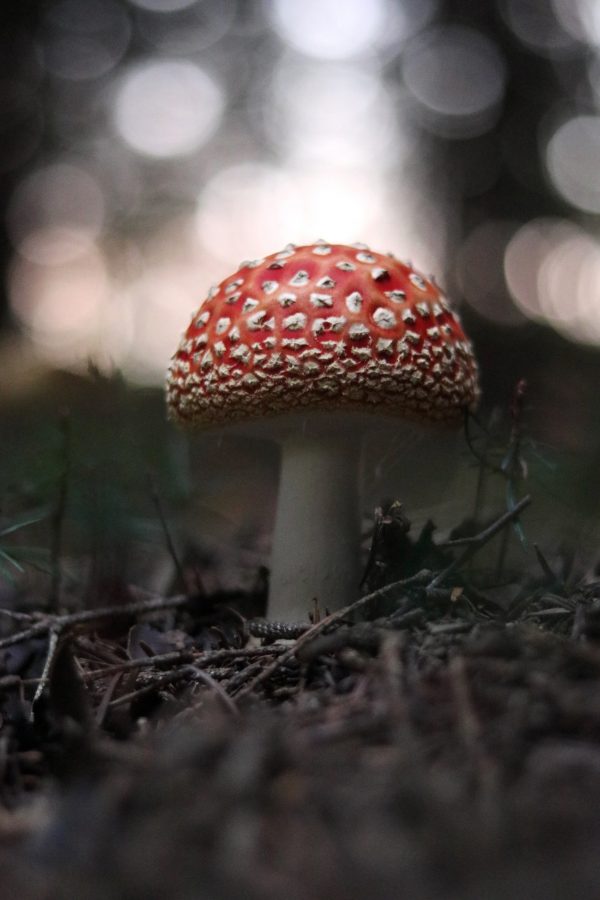
While Botany enthusiasts and ‘professional’ survivalists will know a thing or two about the dos and don’ts of wild plant life, most of us only know enough to avoid the occasional patch of poison ivy. Fortunately, there are a few basic tips that will (for the most part) help to keep you out of any serious trouble.
In this article we’re going to discuss two of the more serious poisons among plant life: Oxalic Acid and Hydrocyanic Acid. For anyone new to survival/prepping, it’s important to have a basic understanding of what these poisons are, where you’re likely to encounter them, and how to spot them. Luckily, both are fairly easy to detect.
Oxalic Acid: The salts (oxalates) in oxalic acid occur naturally in plants such as Wood Sorrel and Wild Rhubarb (mainly in the leaves). You can recognize it by a dry, sharp, burning, or stinging sensation when it comes into contact with your skin or tongue. Throw out any and all plants that fit this description.
Hydrocyanic Acid: Also known as Prussic Acid, the most commonly used example is the Cherry Laurel, which contains a very similar poison in its laurel-like leaves. Hydrocyanic acid has the distinct taste and smell of bitter almonds or peaches. If you come across one of these plants, mash the leaves down so that you can memorize the smell.
We’ve compiled a list of of dangerous plants to steer clear from, exclusively for our loyal PDS readers, and have included it below. There are few exceptions to almost every rule, but unless the plant in question has already been positively identified as safe, always avoid:
- Plants with old or wilted leaves. Certain plants can only be eaten while they’re fresh and young, because their leaves begin to develop hydrocyanic acid as they wilt. Some of these plants include: peach, cherry, plum, raspberry, and blackberry.
- Any fruit naturally divided into five sections.
- Red plants, especially in tropical areas. Two examples of such plants include Hemlock and Wild Rhubarb. The latter has an edible red-streaked stalk and poisonous leaves, while the former has magenta splotches on its stem and is completely poisonous.
- Any plant with a milky sap.
- Grasses and plants with barbs on their leaves and/or stems. Under a magnifying glass, the barbs are seen to be tiny hooks that will seriously aggravate your mouth the digestive tract.
- Mature bracken, such as Eagle Fern (also known as Eastern brakenfern). This destroys Vitamin B in the body and produces a potentially deadly blood condition. Tightly coiled fiddleheads are edible, as are all 250 varieties of north temperate ferns when young. Be warned though- some are far too bitter to be appetizing, and others have irritating hairs that have to be removed before consumption

